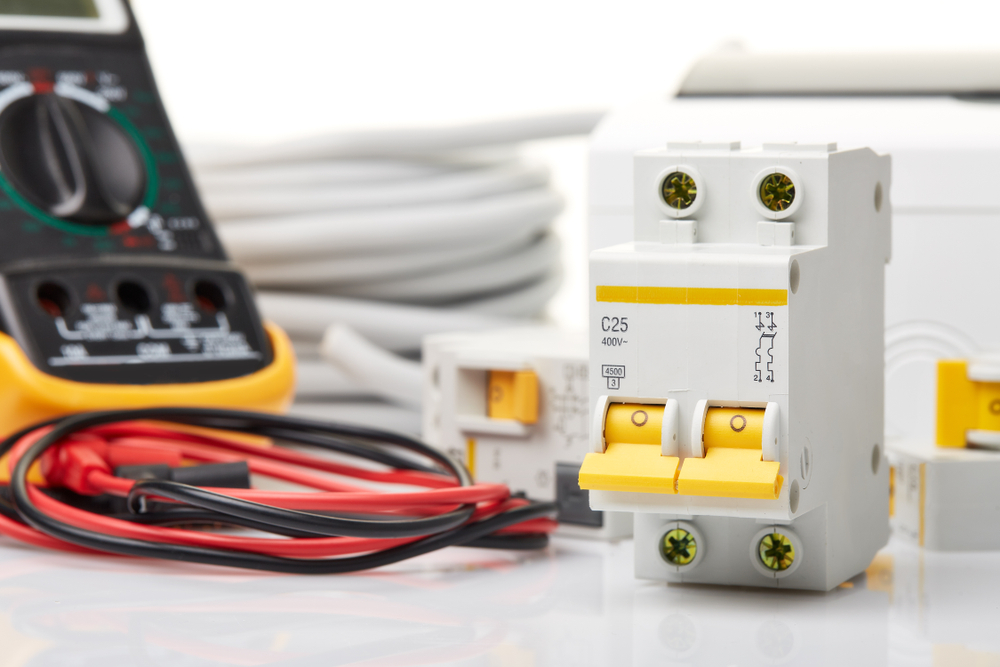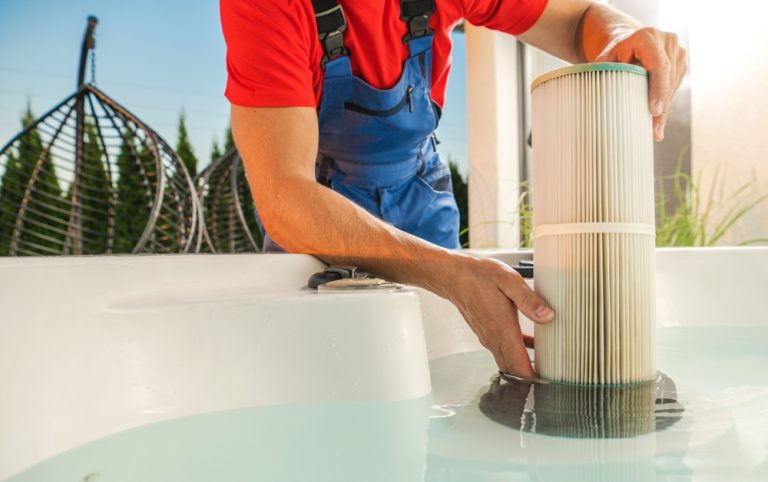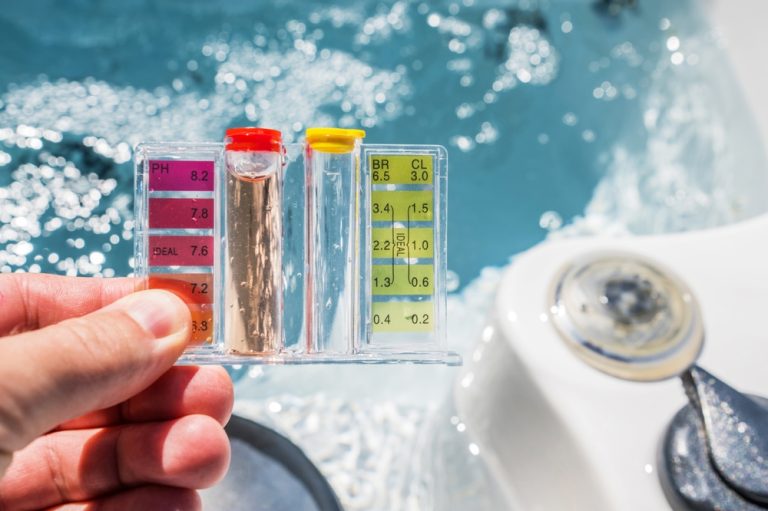What is GFCI Protection for Hot Tubs?

When it comes to installing a hot tub, safety is one of the primary concerns. An important safety feature for hot tubs is GFCI protection (Ground Fault Circuit Interrupter), which is designed to prevent electrical hazards. Understanding what is GFCI protection for hot tubs can help you ensure that your hot tub is not only safe to use but also compliant with electrical codes.
In this article, we’ll break down what GFCI protection is, how it works, and why it’s crucial for hot tubs.
What is GFCI Protection?
GFCI stands for Ground Fault Circuit Interrupter, a safety device that monitors the flow of electricity in a circuit. If the GFCI detects any imbalance in the current, such as when electricity escapes the intended circuit, it immediately shuts off power to prevent electrical shock.
How GFCI Works?
The GFCI monitors the electrical current flowing through the hot tub’s circuit. Under normal circumstances, the current flowing from the hot tub should match the current returning to the circuit. If there is a deviation, such as electricity leaking due to damaged wiring or water intrusion, the GFCI detects this “ground fault” and trips the breaker within milliseconds.
Tip: The purpose of GFCI protection is to prevent electrical shock by quickly shutting off the power if there is a fault, which is especially critical in environments with water, like hot tubs.
Why is GFCI Protection Important for Hot Tubs?
Hot tubs pose unique risks because they combine water with electrical components. Without GFCI protection, any electrical fault could potentially cause electrocution or injury to anyone using the hot tub. Therefore, GFCI protection is a requirement for most hot tubs, as outlined by the National Electrical Code (NEC) in the United States and similar safety regulations in other countries.
Protecting Against Electrical Shock
Water is a strong conductor of electricity, which increases the likelihood of electrical hazards around hot tubs. With GFCI protection, any ground faults are immediately detected, and the power is cut off before anyone can be injured.
Tip: Even a small electrical fault can be dangerous in a wet environment, making GFCI protection an essential safety feature for hot tubs.
Compliance with Electrical Codes
In most regions, building and electrical codes require GFCI protection for any outdoor or indoor installation of hot tubs. Failing to install a GFCI-protected circuit for your hot tub could result in fines, issues with insurance claims, or increased risk of accidents.
Types of GFCI Protection for Hot Tubs
There are several different types of GFCI devices that can be used to protect hot tubs, each with specific applications depending on the setup of your electrical system.
GFCI Circuit Breaker
A GFCI circuit breaker is installed in your home’s main electrical panel and provides GFCI protection to the entire hot tub circuit. This is one of the most common forms of GFCI protection for hot tubs, as it ensures that any ground fault in the circuit will be detected and the power will be shut off.
GFCI Outlet
In some cases, a GFCI outlet may be installed near the hot tub. This type of outlet has built-in GFCI protection and can detect ground faults in the immediate area. However, for hot tubs, a GFCI circuit breaker is generally recommended because it offers more comprehensive protection for the entire electrical setup.
Tip: Consult a licensed electrician to determine whether a GFCI circuit breaker or outlet is best for your hot tub installation.
Also Read – How to Clean Hot Tub Filter?
How to Install GFCI Protection for a Hot Tub?
Installing GFCI protection for a hot tub involves adding the appropriate GFCI circuit breaker to the electrical panel and connecting it to the hot tub’s wiring. Due to the complexities of working with electrical systems, GFCI installation should always be performed by a licensed electrician.
Step-by-Step Installation Process
A GFCI circuit breaker is installed in your home’s main electrical panel and provides GFCI protection to the entire hot tub circuit. This is one of the most common forms of GFCI protection for hot tubs, as it ensures that any ground fault in the circuit will be detected and the power will be shut off.
- Turn Off the Power: Before starting any electrical work, ensure that the power to the circuit is turned off to avoid injury or damage.
- Install the GFCI Breaker: The electrician will install the GFCI breaker in the electrical panel, replacing the standard breaker that was previously connected to the hot tub.
- Wire the Hot Tub: The hot tub will be connected to the GFCI breaker using appropriate outdoor-rated wiring to ensure safety.
- Test the GFCI: Once the GFCI breaker is installed, the electrician will test it to ensure that it trips correctly when a ground fault is simulated.
Tip: After installation, it’s a good idea to test the GFCI monthly to ensure it is functioning correctly.
Testing and Maintaining GFCI Protection for Hot Tubs
Once your GFCI protection is installed, regular testing is important to ensure that it remains functional. A malfunctioning GFCI can fail to trip during a fault, leaving you vulnerable to electrical hazards.
How to Test a GFCI Breaker?
Most GFCI circuit breakers and outlets come with a “Test” and “Reset” button. To test your GFCI:
- Press the “Test” button, which should cause the breaker to trip and cut power to the hot tub.
- Press the “Reset” button to restore power.
If the breaker doesn’t trip when you press the “Test” button, it may not be working properly, and you should contact an electrician for further inspection.
Tip: It’s recommended to test the GFCI breaker monthly, especially in hot tubs, to ensure continued protection.
Common Issues with GFCI Protection
GFCI breakers are highly sensitive, and sometimes they can trip due to minor electrical fluctuations. Common causes of nuisance tripping include:
- Moisture in the hot tub’s wiring.
- Faulty electrical connections.
- Faulty hot tub components (e.g., heater, pump).
If your GFCI frequently trips without an obvious cause, it’s essential to have a professional inspect the hot tub’s electrical system.
Upgrading GFCI Protection for Older Hot Tubs
If you own an older hot tub that doesn’t have GFCI protection, it’s important to upgrade your system to ensure safety. Older electrical setups may not meet current electrical codes, which puts you at greater risk for electrical hazards.
Retrofitting a GFCI Breaker
Retrofitting a GFCI breaker in an older electrical panel can bring your hot tub up to current safety standards. A licensed electrician can assess your current setup and install the necessary protection.
Tip: Even if your hot tub is functioning well, upgrading to GFCI protection is a small investment that can prevent serious accidents or electrical damage.
Conclusion
In summary, GFCI protection for hot tubs is essential for ensuring user safety and compliance with electrical codes. It prevents electrical shock by shutting off the power when a ground fault is detected. Whether through a GFCI circuit breaker or outlet, this type of protection ensures that your hot tub remains a safe place to relax.
Regular testing and maintenance will ensure your GFCI protection continues to work effectively, providing peace of mind every time you use your hot tub.



